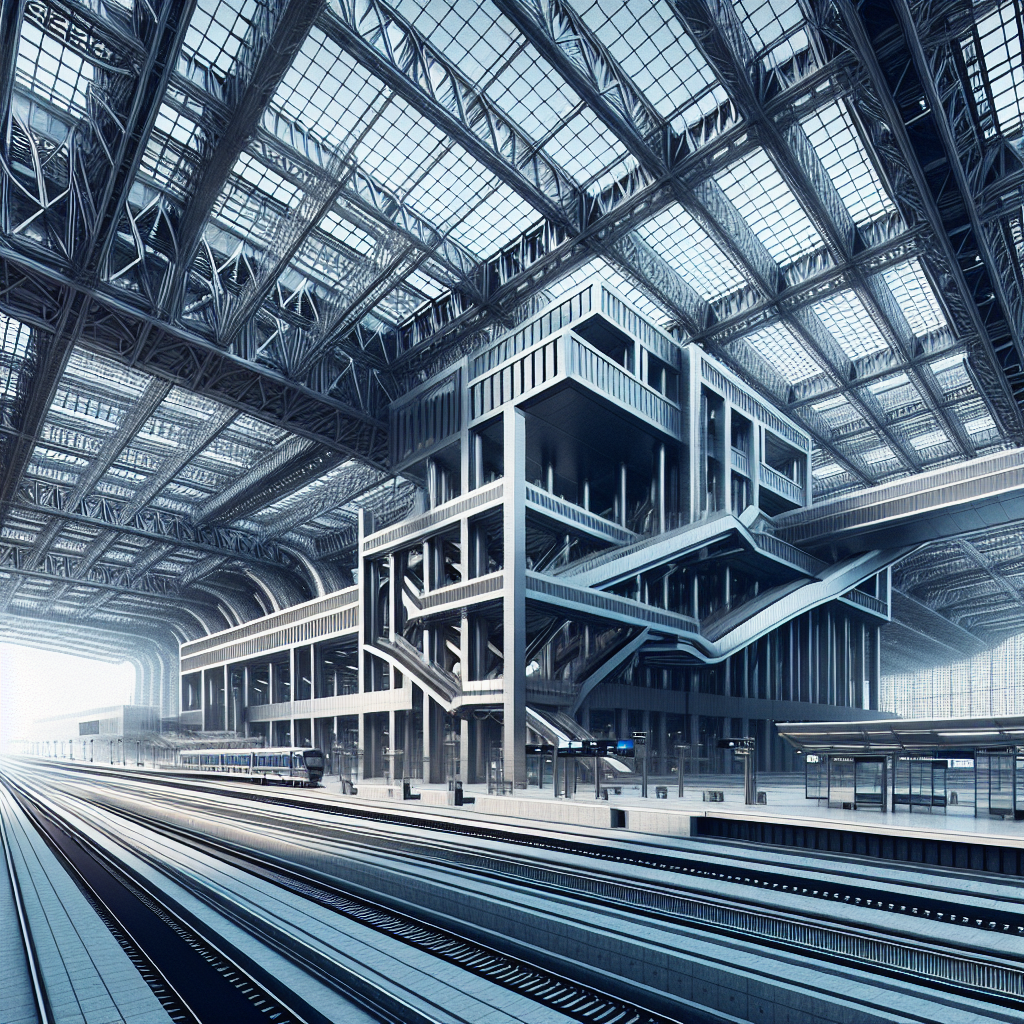If you've ever found yourself marveling at the confluence of old-world charm and modern engineering, then Yuelai Station might just be the place for you. Nestled in Chongqing, China, this bustling hub acts as a focal point for local commuters and travelers, bustling with life and packed with stories. It's not just a transit point; it's a reflection of the region's ambitious vision to unite tradition with futuristic designs.
Situated in the heart of Liangjiang New Area, Yuelai Station officially opened its doors in January 2018, becoming a key player in the rapid transit system that connects disparate threads of a sprawling city that's never short on surprises. The station links up with Chongqing's Line 10, offering a seamless transition to the rest of the city for anyone from wide-eyed tourists to locals going about their daily grind.
Chongqing itself is a burgeoning metropolis often touted as China’s gateway to the west, marked by its steep hills and foggy mornings. The city is entrancingly multifaceted—showing off both the fast-paced growth emblematic of modern China and the cultural depth of its historical roots. Yuelai Station mirrors this duality, featuring sleek, modern design elements that play against traditional landscaping and architecture right outside its doors.
What makes Yuelai Station truly special is its connection to the Yuelai International Expo Center, a hotspot for events ranging from tech expos to cultural festivities. This connectivity enhances Chongqing's role as a major player in Chinese trade and culture. For the younger crowd, especially Gen Z travelers hungry for new experiences, the station is more than just a means to get from A to B—it's a portal into a rich tapestry of urban landscapes waiting to be explored.
Undoubtedly, infrastructure projects like Yuelai Station also come with their set of challenges and criticisms. Environmentalists often point out that rapid urban expansion could have dire consequences on local ecosystems and waste management, a point well worth considering in a world already grappling with climate change. From a political angle, such ventures can also widen the gap between those who benefit directly and others who may get left behind. However, these considerations have prompted plenty of dialogue, pushing for caution and balance in future development projects.
Looking beyond the station’s walls, the immediate area is a colorful mix that fits any mood. Just steps away, Yuelai Riverside Park offers a peaceful escape with its serene waters and walking trails, while nearby shopping districts have everything from global brands to local crafts. This eclectic mixture offers Gen Z a window into the shopping habits and lifestyle choices of an emerging Chinese middle class that’s becoming more westernized yet proudly traditional.
But what does Yuelai Station mean for the everyday lives of those who depend on it? For one, it’s been a vital boost for the local economy. Improved connectivity stimulates business opportunities, attracts talent, and increases property values—all elements that rejuvenate local neighborhoods and community life. Public transport, especially in a megacity like Chongqing, acts as the proverbial heart, pumping life into areas that might otherwise be remote or inaccessible.
Moreover, Yuelai Station stands as a living model of how modern infrastructure can integrate with cultural nuance. Its design is aesthetically pleasing yet functional—the key ingredient for mobility in an urban setting. Plus, the ongoing rollouts of tech enhancements in the station like Wi-Fi connectivity and mobile ticketing scream convenience for digital-savvy individuals who thrive on efficiency.
Opponents might point out that investments poured into urban transit centers might better serve rural areas sorely in need of development. But proponents argue that megacities function like nerve centers, influencing socioeconomic ripples that eventually reach far-flung areas.
As with any grand endeavor, Yuelai Station is both a triumph and a negotiation—offering innovation while navigating the challenges of sustainable urban growth. For Gen Z travelers eager to witness global progression firsthand, it stands as both a destination and a departure point—a testament to the exciting landscape of modern China.

